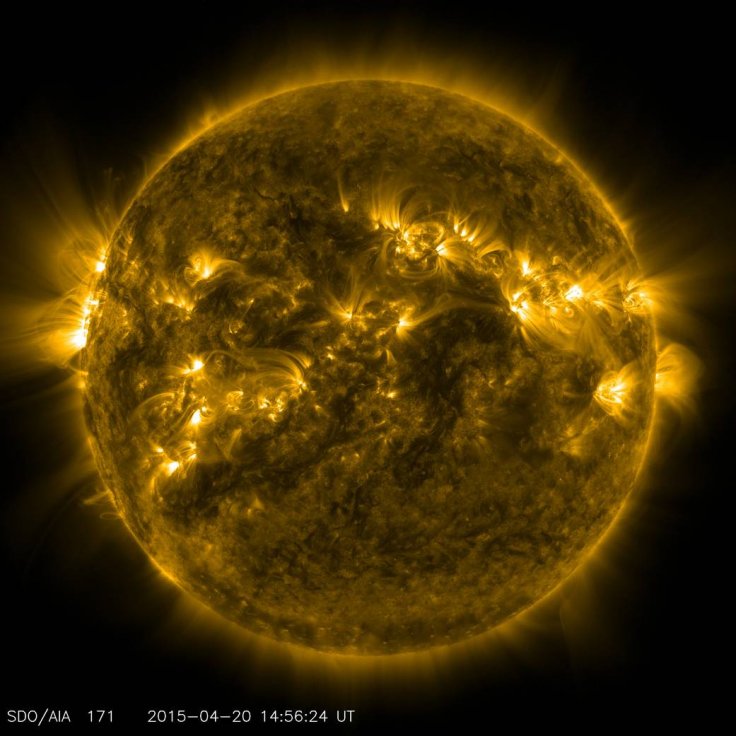NASA, the United States space agency launched its Parker Solar Probe in 2018, and this mission has successfully travelled closer to the sun than any previous missions. Now, the fastest object ever made by humans has discovered mysterious rogue waves within the sun, and it also detected solar winds exceeding the speed that any model had predicted.
This discovery by NASA's Parker probe was totally unexpected, and scientists are still unable to provide a convincing explanation to describe these phenomena. The new discovery also suggests that modern science has not succeeded in learning much about solar activities.
Parker solar probe travelled within 15 million miles of the Sun

Scientists have described the findings from these close encounters in a batch of four papers in Nature journal published on Wednesday. Even though the sun is located in the centre of the solar system, and the light from the star has nurtured life on the earth, it still remains the most unexplored space body in the solar system due to the intense heat and dreaded radiation.
During the close encounters, Parker solar probe travelled within 15 million miles of the Sun's surface, breaking the 25-miles record set by NASA's Helios 2 mission in 1976. It should be noted that the Parker solar probe is considered the fastest human-made object in history as it surfed near the sun at a mindblowing speed of 153,000 miles per hour.
"By the time we got to our closest approach, [the solar wind] was flowing between 35 and 50 kilometres per second around the Sun. That's something like 15 to 25 times faster than the standard solar models predict, so we're missing something really fundamental in our standard models of the Sun—how it rotates and how the wind escapes—and that's really interesting," said Justin Kasper, a professor of space sciences at the University of Michigan and the lead author of one of the studies, in a recent statement. The Alfven waves, which are ripples that flow through magnetized plasma from the Sun were also observed to be more intense during Parker probe's close flyby.
Solar storm: Sun's breathe
The mindblowing new discovery comes just a few days after the European Space Agency (ESA) released sounds of solar storms hitting the earth. After releasing the sound, ESA revealed that the noise is an eerie song best suited for science fiction movies.
The European Space Agency also added that the strange sound was produced by the earth's magnetic field as it reacted to the highly charged particles emitted by the sun during the event of the solar storm.









